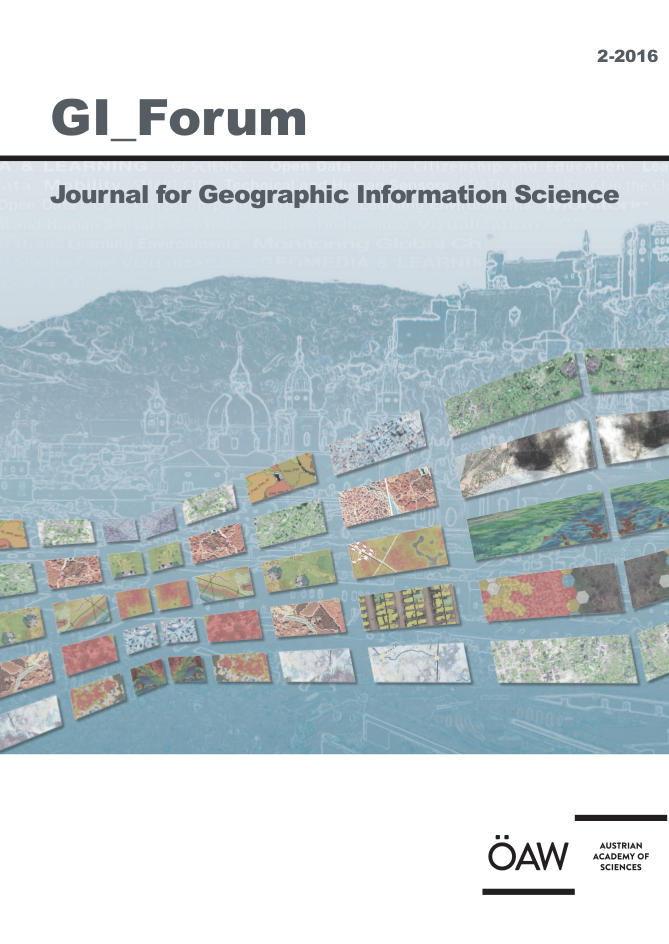
GI_Forum 2016, Volume 4, Issue 2, pp. 46-56, 2016/12/02
Journal for Geographic Information Science

With modern mobile and internet technologies, spatial data is becoming ubiquitous. In order to realize the vision of a spatially enabled society, however, decision makers in government, public administration, business and society need to understand and actively take into account location as a driver in their decisions. This necessitates decision-support tools that integrate the required spatial and textual data from a variety of sources. GeocentraleApps is a platform for building such modern spatially enabled applications. These applications and the underlying spatial data infrastructures face challenges such as data discovery, matching between disparate data sources, issues with data and service quality, as well as the need for appropriate visualization and presentation. GeocentraleApps meets these challenges by flexibly combining a number of different mechanisms for data integration. This paper presents lessons learned from an analysis of the platform’s data integration approaches with regard to their individual architectures. It points out the advantages and disadvantages of the current solutions and gives an outlook on future developments.
Keywords: service-oriented architecture, data integration, spatial data infrastructures, distributed data